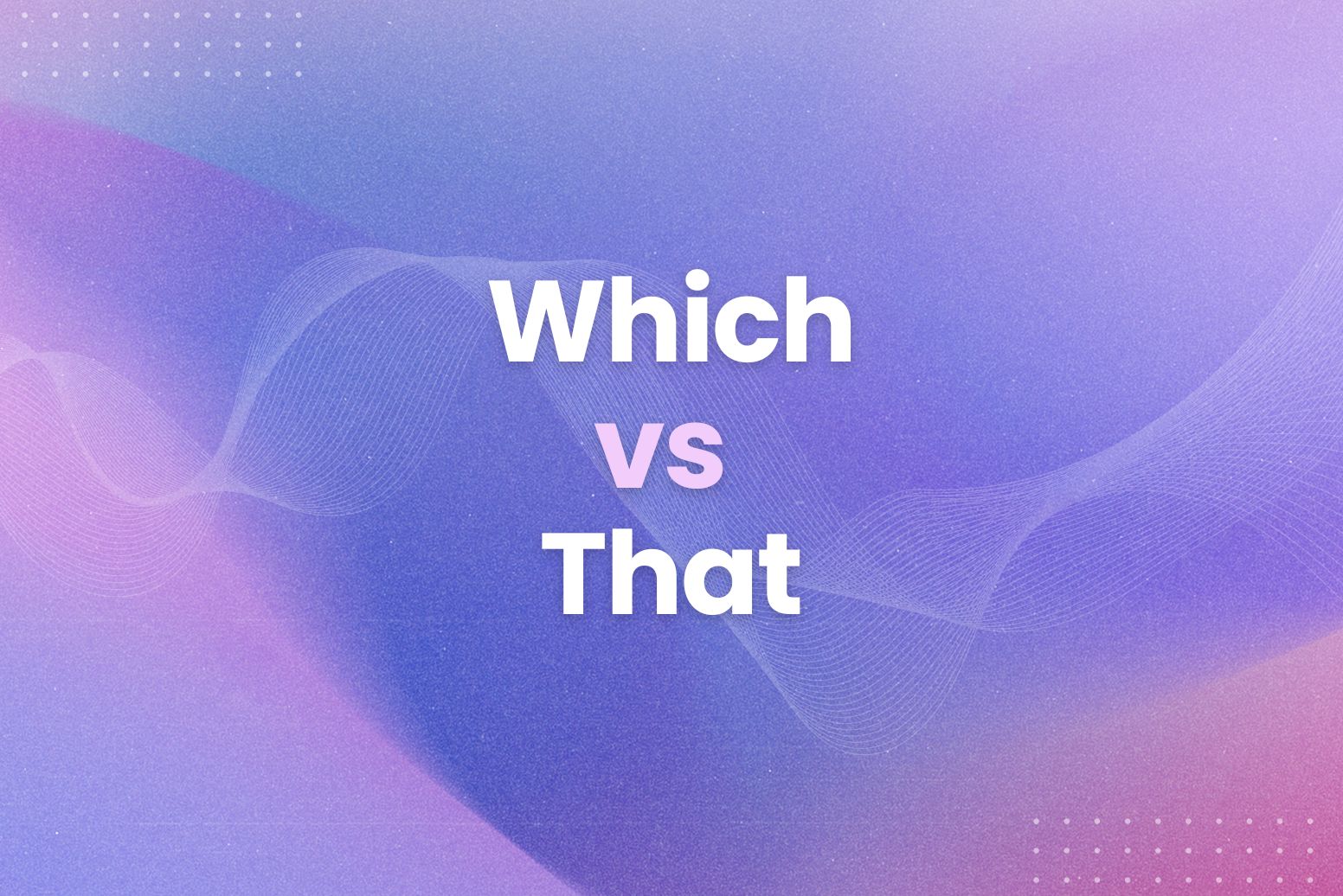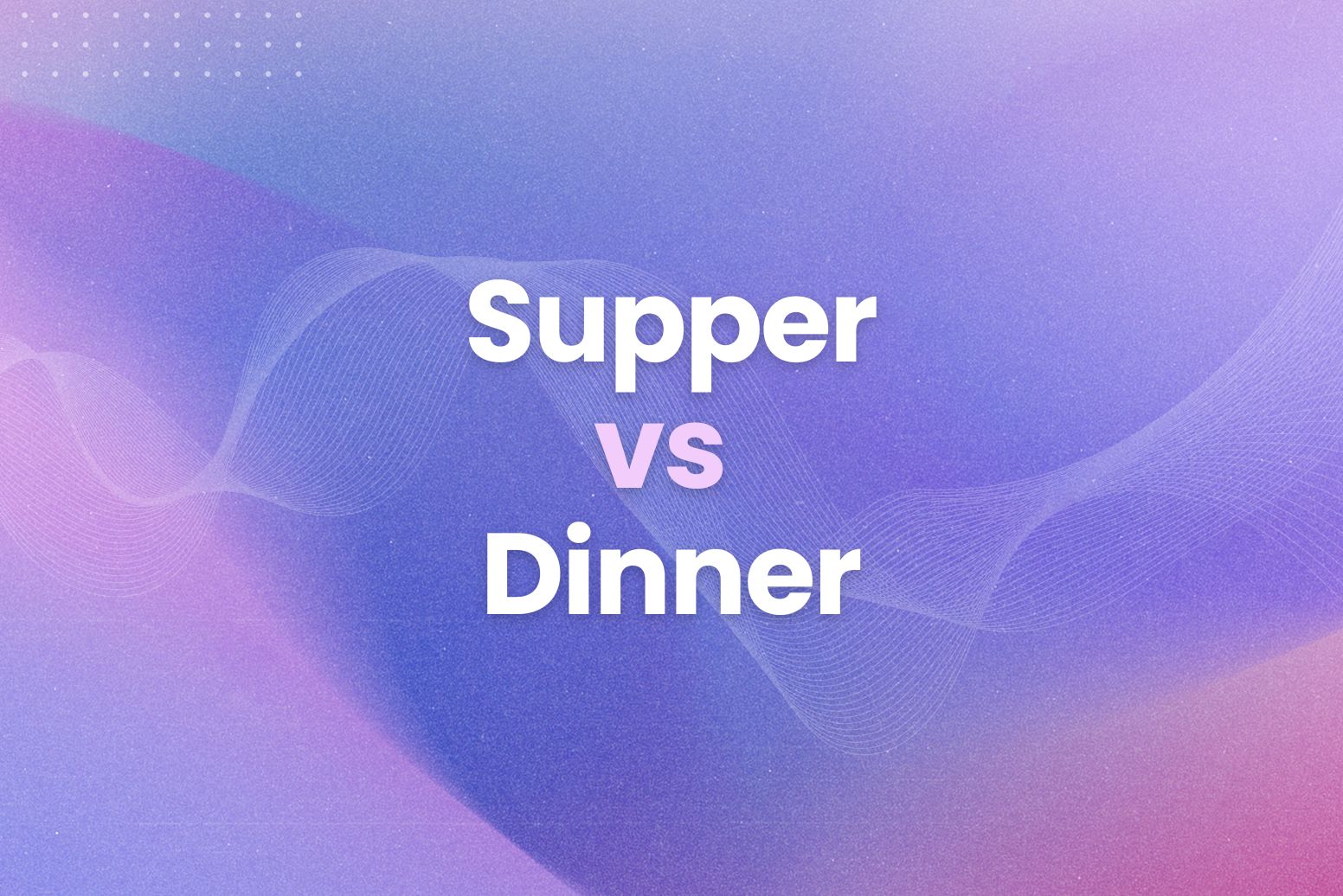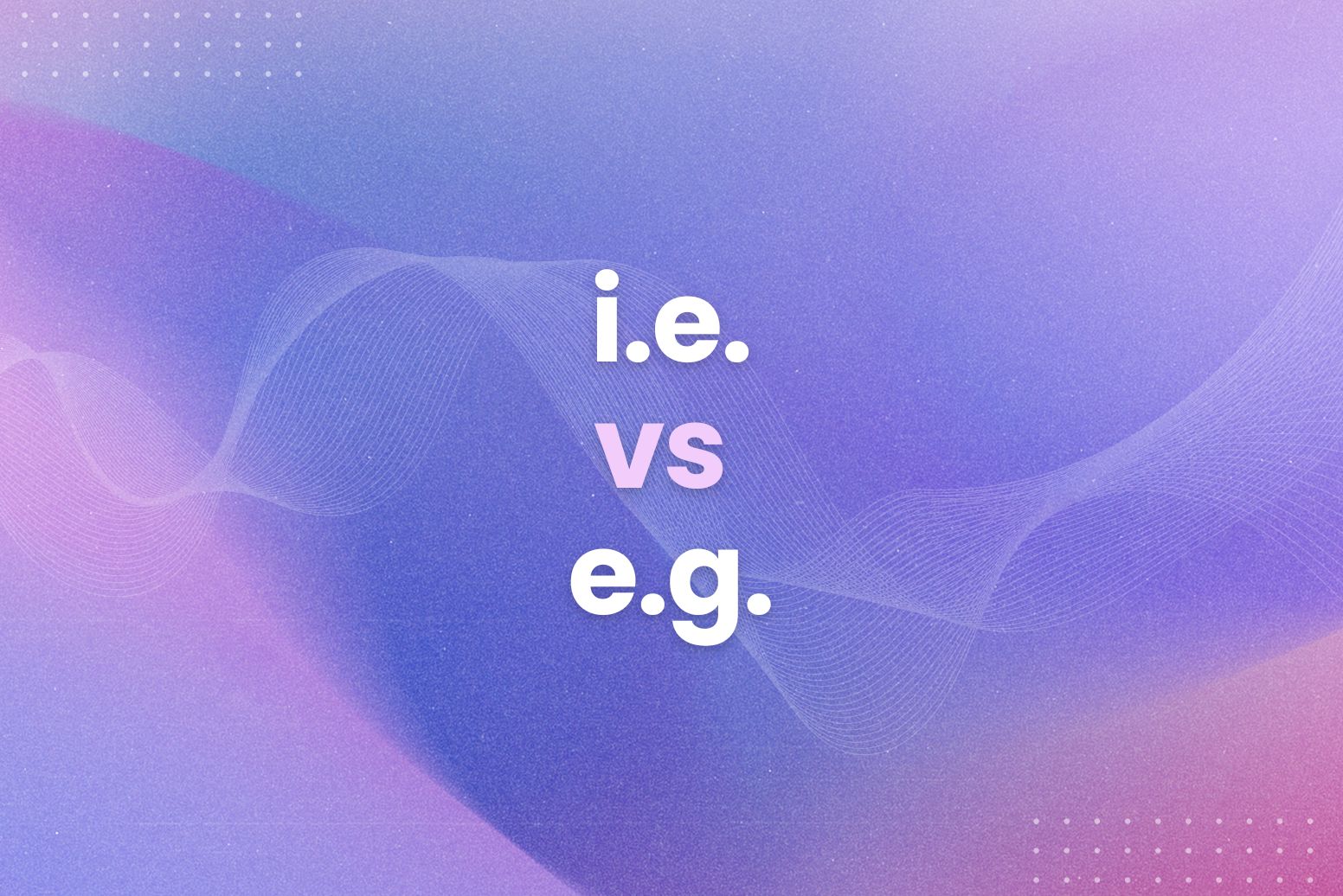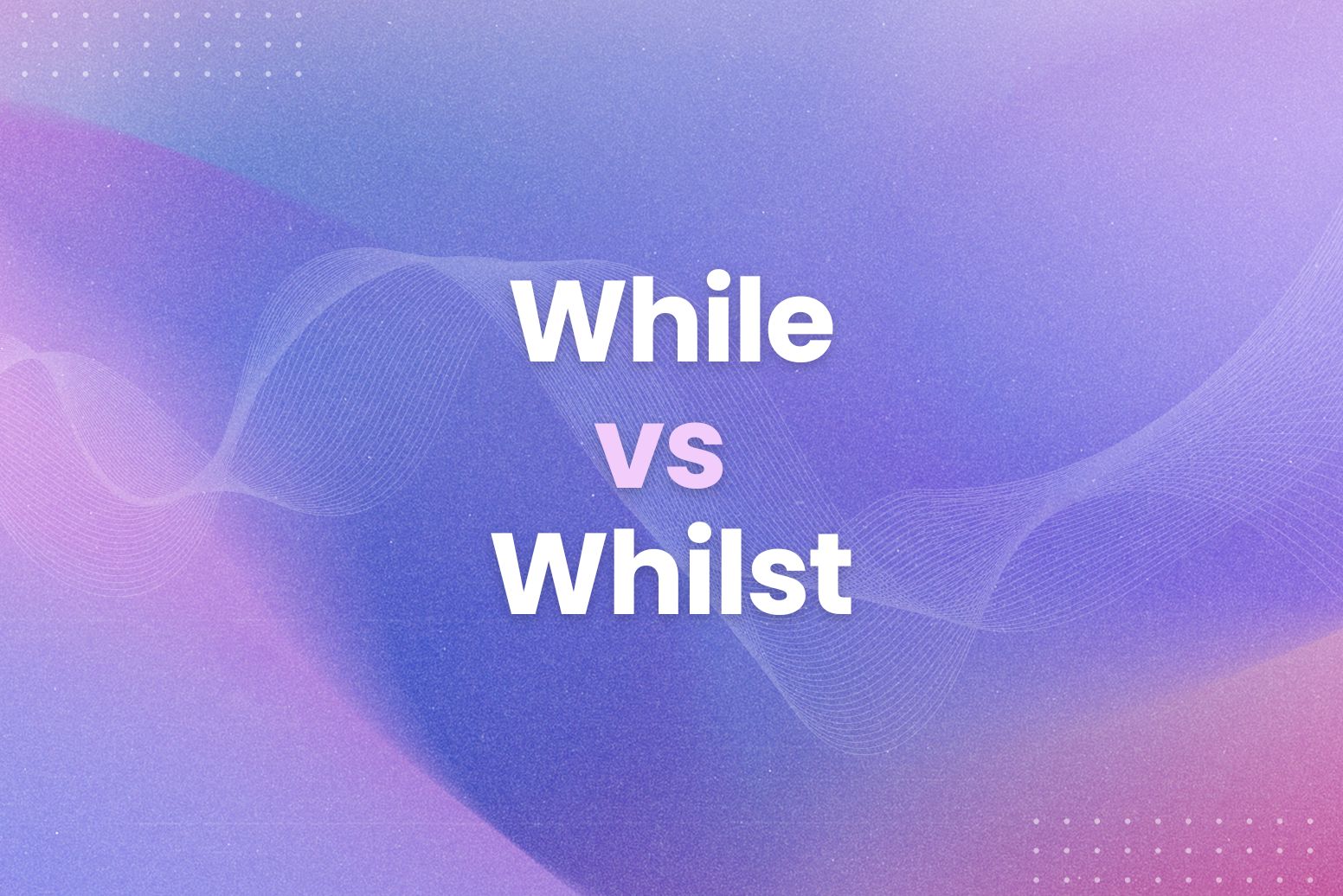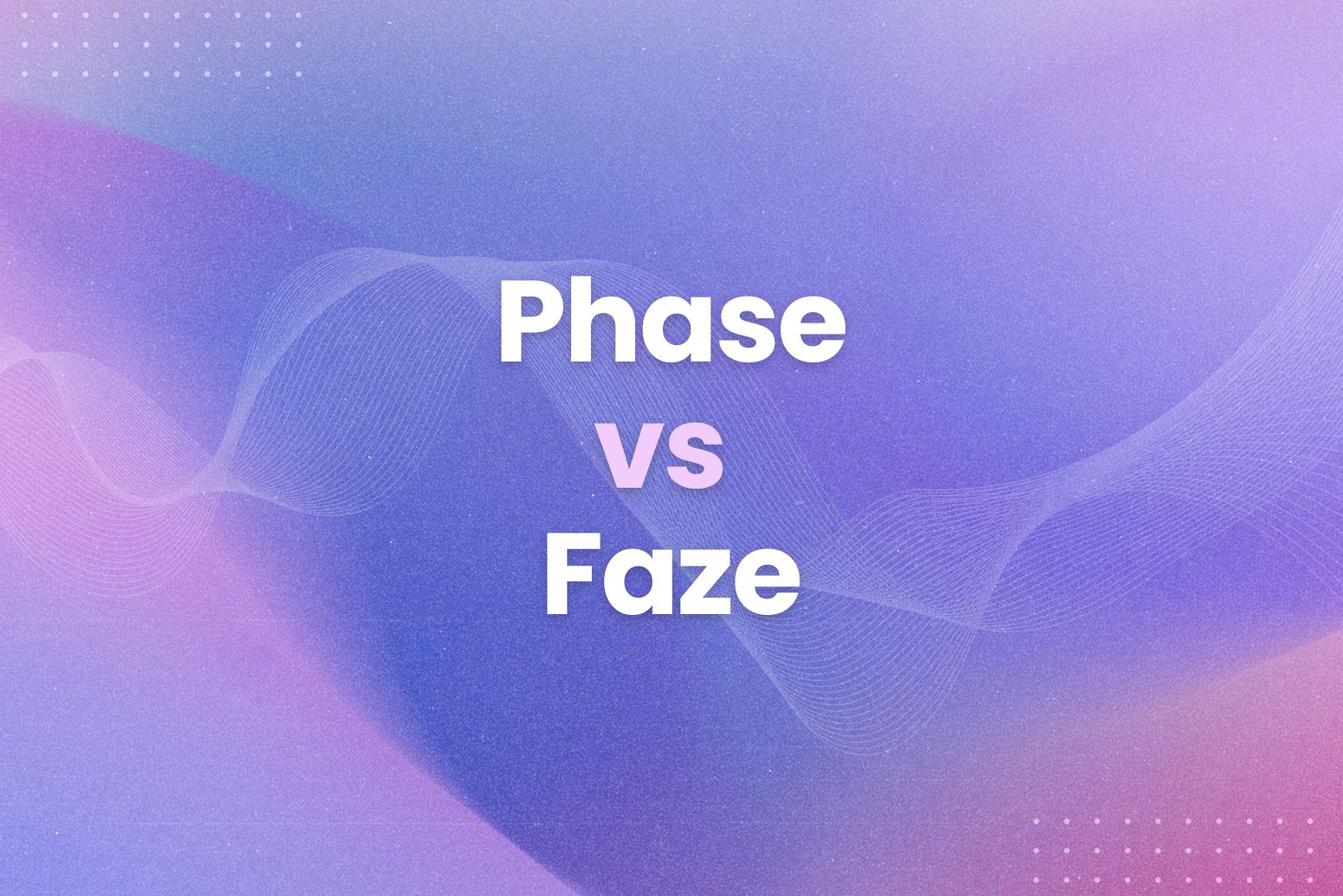Grammar hiccups can trip up even seasoned writers. A misplaced “which vs that” can muddy your message. It’s like using the wrong tool for a job—frustrating and ineffective. In fact, studies show that clear, concise writing increases reader comprehension.
So, getting these little words right matters. This guide will clear up the confusion. We’ll show you when to use each word.
This article covers:
- When to use that (for essential clauses).
- When to use which (for non-essential clauses).
- How commas play a role.
When to Use That
“That” introduces essential clauses. In other words, these clauses are vital to the sentence’s meaning. Think of “that” clauses as defining the noun they modify. For example, “The car that I bought is red.” Without “that I bought,” we don’t know which car we’re talking about. It could be any car. Therefore, the clause is essential. It tells us which car.
Here’s another way to think about it: If you remove the “that” clause, the sentence loses important information. Consider this: “The book that fell off the shelf is damaged.” If we remove “that fell off the shelf,” we’re left with “The book is damaged.” Which book? We don’t know. Consequently, the “that” clause is essential.
Pro Tip: Essential clauses never take commas. This is a key difference between “that” and “which.” For instance, “The movie that won the award was fantastic.” No commas needed.
Let’s look at a few more examples:
- The phone that rang was mine.
- The email that I sent yesterday contained the details.
- The house that we visited last week is for sale.
In each case, the “that” clause is necessary to understand the sentence. It specifies which phone, which email, and which house. Therefore, “that” is the correct choice.
When to Use Which
“Which” introduces non-essential clauses. That is to say, these clauses add extra information. However, they aren’t crucial for understanding the main point of the sentence. Think of them as bonus details. For example, “My house, which is painted blue, is on the corner.” We know which house—my house. The fact that it’s painted blue is extra info. It’s nice to know, but not essential.
Here’s a handy trick: Non-essential clauses are usually set off by commas. This is a big difference from “that” clauses. For instance, “My car, which I bought last year, is very reliable.” The commas tell us the clause is non-essential. We already know it’s my car. The purchase date is just extra.
To clarify, if you can remove the “which” clause and the sentence still makes complete sense, you’re using “which” correctly. Let’s revisit the previous example: “My car, which I bought last year, is very reliable.” If we remove “which I bought last year,” we’re left with “My car is very reliable.” The sentence still makes perfect sense. Therefore, “which” is the right choice.
Here are more examples:
- The cake, which was delicious, disappeared quickly.
- The museum, which we visited last summer, is having a new exhibit.
- My dog, which loves to play fetch, is always happy to see me.
In each case, the “which” clause adds extra detail. However, the core meaning of the sentence remains clear even without it. Consequently, “which” is the appropriate word.
Still unsure? Arvin, the AI-powered browser extension, can be your personal grammar checker. With Arvin, you can instantly analyze any text on any webpage. Arvin quickly identifies grammar errors, including tricky “which” and “that” situations.
How Commas Play a Role in Which vs That
Commas are your best friends when it comes to “which” and “that.” They act as signals, telling you whether a clause is essential or non-essential. To clarify, commas are the key to unlocking the “which” vs. “that” puzzle.
Here’s the rule of thumb:
- No commas with “that.” Essential clauses introduced by “that” never use commas. This is because they are integral to the sentence’s meaning. For example, “The book that I borrowed from the library is due next week.” No commas here. The “that” clause is essential.
- Commas with “which.” Non-essential clauses introduced by “which” always use commas. These commas set the clause apart, indicating it provides extra information. For instance, “My bike, which is a mountain bike, has new tires.” The commas around “which” tell us the clause is extra.
To illustrate, consider these two sentences:
- The car that hit the tree was totaled. (No commas. The “that” clause is essential because it identifies which car.)
- My car, which is a vintage Mustang, was totaled. (Commas. The “which” clause is non-essential; we already know it’s my car.)
Therefore, the presence or absence of commas is a clear indicator of whether you should use “which” or “that.” Above all, pay close attention to those commas. They make all the difference.
Write With Confidence: Arvin’s Got Your Back
So, to sum up, mastering the which vs that difference comes down to understanding essential and non-essential clauses and paying close attention to commas. These small words can make a big difference in your writing. Therefore, getting them right is worth the effort.
Here are the key takeaways on which vs that:
- “That” introduces essential clauses (no commas).
- “Which” introduces non-essential clauses (use commas).
- If you can remove the clause and the sentence still makes sense, use “which.”
- Commas are your signals for “which.”
Need a second set of eyes? Arvin, the AI-powered browser extension, is here to help. With Arvin, you can quickly check your grammar and ensure you’re using “which” and “that” correctly every time. In short, Arvin can give you the confidence to write clearly and effectively.
FAQs: Which vs That—Quick Answers
What is the rule for using that or which?
“That” introduces essential clauses (no commas). “Which” introduces non-essential clauses (use commas). In other words, if the clause is necessary for the sentence’s meaning, use “that.” If it simply adds extra information, use “which.”
What is the main difference between that and which?
The main difference lies in whether the clause is essential or non-essential. To clarify, essential clauses (introduced by “that”) are crucial for understanding the sentence. Non-essential clauses (introduced by “which”) provide extra detail but aren’t necessary.
Which vs that British English?
The rules for “which” and “that” are generally the same in British and American English. However, British English sometimes uses “which” with essential clauses, especially in more formal writing. Consequently, you might see some variation, but the core principles remain the same.
When to use which where that?
Use “which” when the clause you’re introducing is non-essential. That is to say, it adds extra information but doesn’t change the core meaning of the sentence. Set off these clauses with commas. For instance, “My car, which is parked outside, is a hybrid.”Use “that” when the clause is essential to the sentence’s meaning. Therefore, it defines or identifies the noun it modifies. Don’t use commas with “that” clauses. For example, “The car that I drove yesterday was a rental.”

